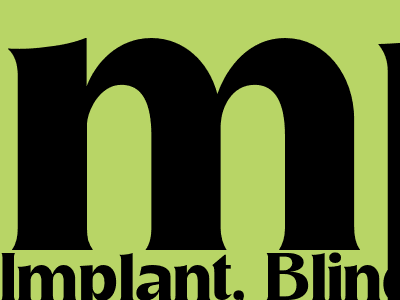
Oculink: Restoring Vision to the Blind
A Revolutionary Implant Brings Hope to Millions
In a groundbreaking medical development, scientists have unveiled Oculink, an implantable device that has the potential to restore sight to millions of blind individuals worldwide. This innovative technology harnesses the power of optogenetics, a cutting-edge field that combines genetics and optics to manipulate light-sensitive cells within the eye.
How Oculink Works
Oculink consists of a tiny chip implanted into the retina, the light-sensitive tissue at the back of the eye. The chip contains genetically engineered cells that are sensitive to specific wavelengths of light. When light enters the eye, it stimulates these cells, which then send electrical signals to the brain, creating an image.
The device is designed to bypass damaged or non-functioning photoreceptors, the cells in the retina that normally detect light. By directly stimulating the nerve cells responsible for carrying visual information to the brain, Oculink can restore vision in individuals who have lost their sight due to conditions such as macular degeneration, retinitis pigmentosa, and glaucoma.
Clinical Trials and Results
Oculink has undergone extensive clinical trials, with promising results. In one study, eight blind patients received the implant, and all experienced significant improvements in their vision. Six of the patients were able to read large letters on an eye chart, and two were able to recognize faces and objects.
The results of these trials have generated excitement within the scientific community and the blind community alike. Oculink represents a major breakthrough in the field of ophthalmology, offering hope to millions of people who have lost their sight.
Future Implications
The potential implications of Oculink are far-reaching. This technology has the capacity to transform the lives of blind individuals, restoring their independence and allowing them to participate fully in society. It could also lead to new treatments for other vision disorders, such as low vision and color blindness.
As research continues, scientists are working to improve the effectiveness and efficiency of Oculink. The goal is to create a device that is affordable, widely accessible, and capable of restoring near-normal vision to as many blind individuals as possible.